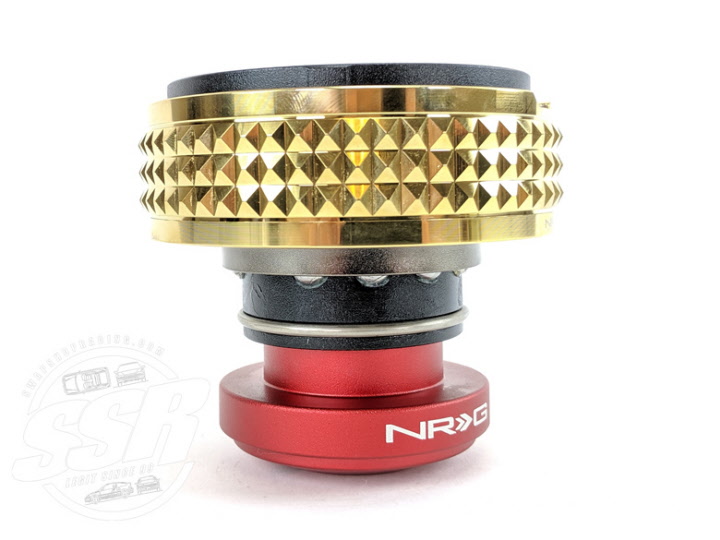




Additionally, DKI is preferred for investigating abnormalities in tissues with isotropic structure such as gray matter, where techniques like diffusion tensor imaging (DTI) are less applicable. DKI performs better in assessing central nervous system diseases such as cerebral glioma, Parkinson’s disease, and idiopathic generalized epilepsy compared to DWI. It can specifically measure tissue structure including cellular compartments and membranes. In contrast, diffusion kurtosis imaging (DKI) is based on non-Gaussian diffusion model. However, in vivo water diffusion is complicated because barriers like cell membranes and tumor heterogeneity. The mono-exponential DWI analyzes in vivo water diffusion based on standard Gaussian distribution. Prospective studies have used diffusion-weighted imaging (DWI) pre-treatment to analyze treatment response in head and neck tumors. It would help clinicians to shift to personalized medicine and avoid unnecessary systemic toxicity for NPC patients. Therefore, early prediction of radiotherapy response is of paramount importance. The 3-year and 5-year local control, disease-free survival, and overall survival rates were 83.3%, 82%, 83.8%, and 76.1%, 73.2%, 76.3% respectively. However, regional residue or recurrence because of radioresistance results in treatment failure in many cases. Radiotherapy is the most frequent treatment for patients with nasopharyngeal carcinoma (NPC), which is one of the most common malignant tumors in Southeast Asia. Thus, DKI predicts the early response to radiotherapy in NPC patients. Multivariate analysis indicated DKI parameters were independent prognostic factors for the short-term effect in NPC. Based on receiver operating characteristic curve analysis K rad showed 71.4% sensitivity and 93.7% specificity (AUC: 0.897, 95% CI, 0.756-1). The K rad coefficient (0.76) was the best parameter to predict the radiotherapy response. Conversely, the pre-treatment fractional anisotropy (FA) and kurtosis coefficient (K) parameters (K axis, K fa, K mean, K rad and Mkt) were lower in RG than NRG patients ( p=0.015, p=0.022, p=0.008, p=0.004, p=0.001, p=0.002). The pretreatment diffusion coefficient (D) parameters (D axis, D mean and D rad) were higher in RG than NRG patients (p=0.022, p=0.027 and p=0.027). The maximum diameter of tumors in RG and NRG patients were similar prior to radiotherapy ( p=0.103). The patients were divided into response (RG no residual tumors 16/23 patients) and no-response (NRG residual tumors 7/23 patients) groups, based on MRI and biopsy results 3 months after radiotherapy. All patients underwent conventional magnetic resonance imaging (MRI) and DKI before and after radiotherapy. In this prospective study, we analyzed diffusion kurtosis imaging (DKI) parameters to predict the early response to radiotherapy in 23 nasopharyngeal carcinoma (NPC) patients. Received: FebruAccepted: JPublished: August 02, 2017 Wei-Yuan Huang, email: Li, email: diffusion-kurtosis imaging, DKI magnetic romance imaging, MRI nasopharyngeal carcinoma, NPC radiotherapy *These authors have contributed equally to this work Gang Wu 1, *, Meng-Meng Li 2, *, Feng Chen 3, Shao-Ming Lin 1, Kai Yang 3, Ying-Man Zhao 3, Xiao-Lei Zhu 4, Wei-Yuan Huang 3 and Jian-Jun Li 3ġDepartment of Radiotherapy, Hainan General Hospital, Hainan, ChinaĢResearch and Education Department, Hainan General Hospital, Hainan, ChinaģDepartment of Radiology, Hainan General Hospital, Hainan, ChinaĤSiemens Healthcare, MR Scientific Marketing NE Asia, Beijing, China


 0 kommentar(er)
0 kommentar(er)
